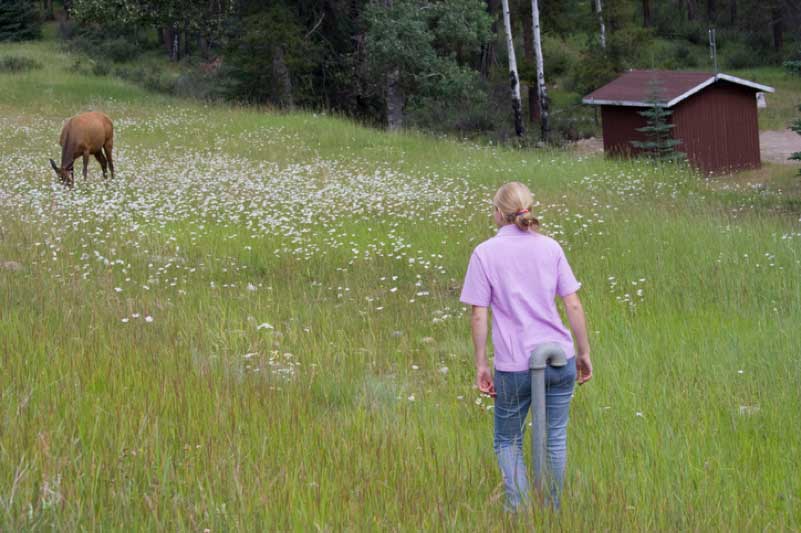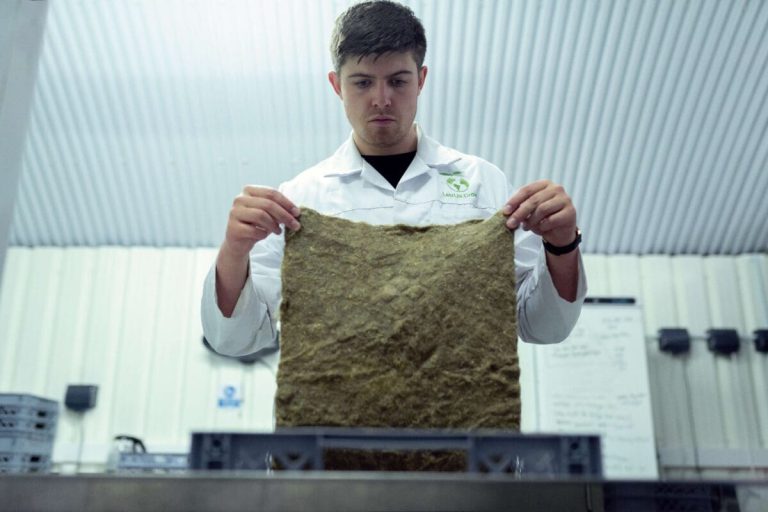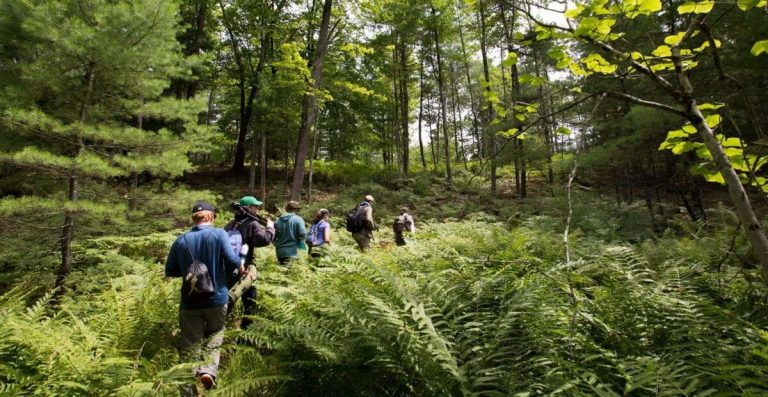
For animal lovers with an aptitude for science and a passion for environmental conservation, a career as a wildlife biologist might be the perfect fit. The primary responsibility of these professionals is to study the biology, behavior, and habitats of various animal populations in the wild. By analyzing the impacts of human and environmental change as well as other factors on species survival and growth rates, they can help to maintain and conserve vulnerable wildlife populations.
Growing public awareness of environmental issues has led to expanding career opportunities for wildlife biologists in consulting firms, research and conservation organizations, zoos and nature centers, government agencies, and higher education. Most professionals in the field have at least a Bachelor of Science degree but an M.S. in Professional Science is increasingly necessary for rewarding employment.
If you’re interested in becoming a wildlife biologist after your online Master’s in Sustainable Natural Resource Management, here’s what a typical day might look like.
Typical Duties as a Wildlife Biologist with a Professional Science Master’s
While a typical day as a wildlife biologist will significantly vary depending on the specific workplace, it often involves traveling to remote locations to study animals in their natural habitat for long periods of time, assessing and interpreting the effects of environmental or human factors so they can make recommendations for improvement.

They may conduct research studies, census projects or complex data analysis during their fieldwork, analyzing how variables such as disease, nutrition, and interactions with other wildlife affect the observed population. As a wildlife biologist with a professional science Master’s, you may survey herds from a distance to measure their numbers, relative age, interrelationships, and other characteristics. Trapping, tagging, or relocating animals for conservation purposes may also be necessary, as may breeding and raising specimens for study or dissecting animals for examination.
How Environmental Science Colleges Prepare Students for Wildlife Biologist Careers
Job duties as a wildlife biologist may include managing the protection and rehabilitation of endangered species populations, researching, and supervising habitat restorations and the reintroduction of species, establishing limits for hunted species, conducting environmental impact assessments, and resolving potential conflicts with competing interests. The work tends to involve a combination of outdoor fieldwork; research, data analysis and report preparation in the office; and technical work in the lab.
While some might be attracted to the idea of working alone in nature, it’s a job that requires strong communication and people skills to relate scientific findings to diverse audiences. As a wildlife biologist, you’ll likely have to explain complex research and recommendations to both public and private sectors in an easily understandable way, sometimes mediating competing interests and bridging gaps in knowledge.

The transdisciplinary process used by environmental science colleges to understand and manage the natural world develops important skills for wildlife biologists, who may work with professionals, such as game wardens, wildlife rehabilitators, and various government officials to coordinate the management of ecosystems. Their expert testimony is also essential for determining policies and educating the public about appropriate scientific practices.
It can be a challenging position but for individuals committed to making a real difference while solving meaningful scientific and technical problems, becoming a wildlife biologist can be a very rewarding career choice.
Are you interested in pursuing a PSM program (Professional Science Master’s)?
Contact Unity College Online to learn how you can earn an M.S. in Sustainable Natural Resource Management in only 12 months.



